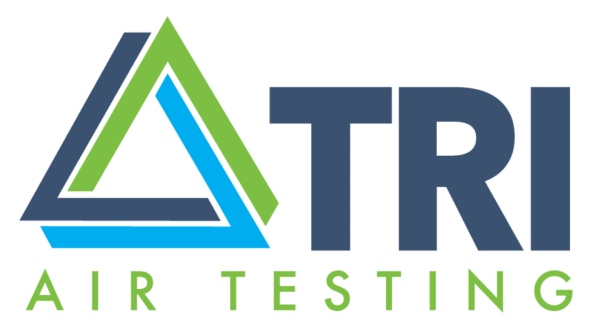Here’s one you may have missed (back in February). Writing for Food Safety Tech, Parker Hannifin Corporation’s Allan Fish and Peak Media’s Peter Froehlich take a look at the gaps in standards and laws regarding a real definition for “cleanliness” when compressed air is used in the manufacture of food and beverage products.
Readers of TRI Air Testing’s blog will have encountered some discussion of this uncertainty before and how companies generally must create their own internal compressed air quality “standard” or “specification.” Fish and Froehlich’s article is a worthy addition to the dialogue. They write:
More and more food processors employ the principles of HAACP (Hazard Analysis and Critical Control Point) and a risk analysis, ISO 8573.1, FDA and other government regulations to ensure that the production areas and personnel are maintained at an acceptable level with regards to food safety/quality and sanitation. However, in most facilities, compressed air is considered a utility that is as clean as the facility’s ambient air….
Check out “Compressed Air: An Overlooked Source of Contamination.”
ADDITIONAL RESOURCES
 For some additional articles, check out a couple pieces we’ve posted on the blog previously:
For some additional articles, check out a couple pieces we’ve posted on the blog previously:
See also TRI Air Testing’s food industry compressed air testing page and our documents related to direct and indirect product contact.

